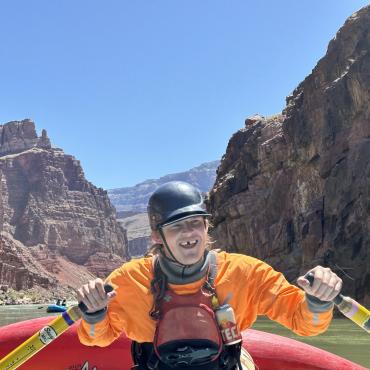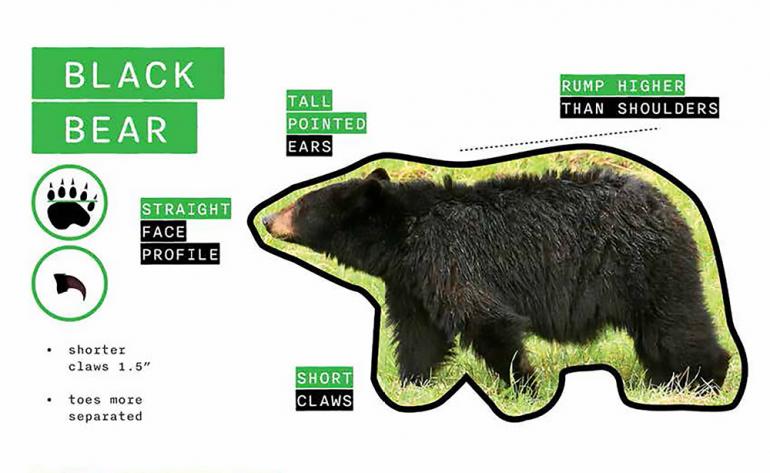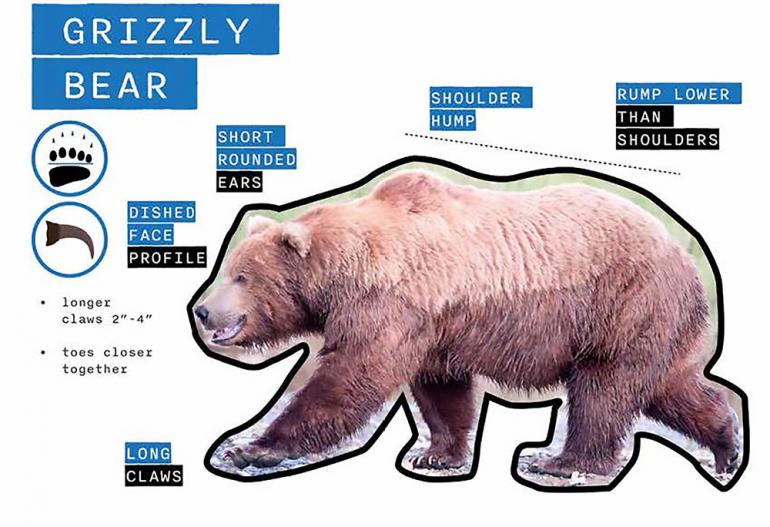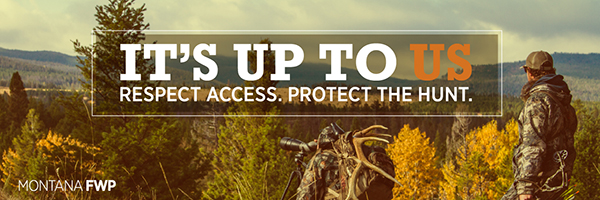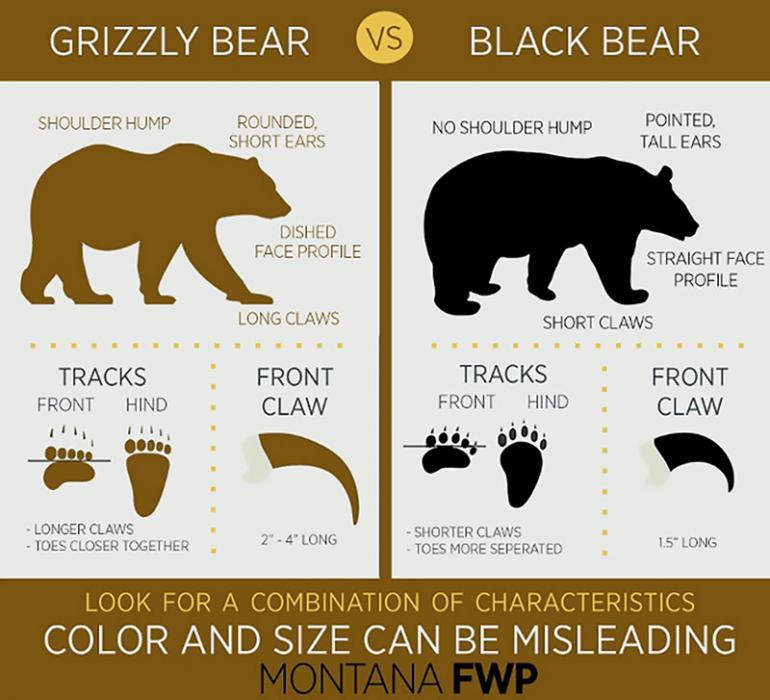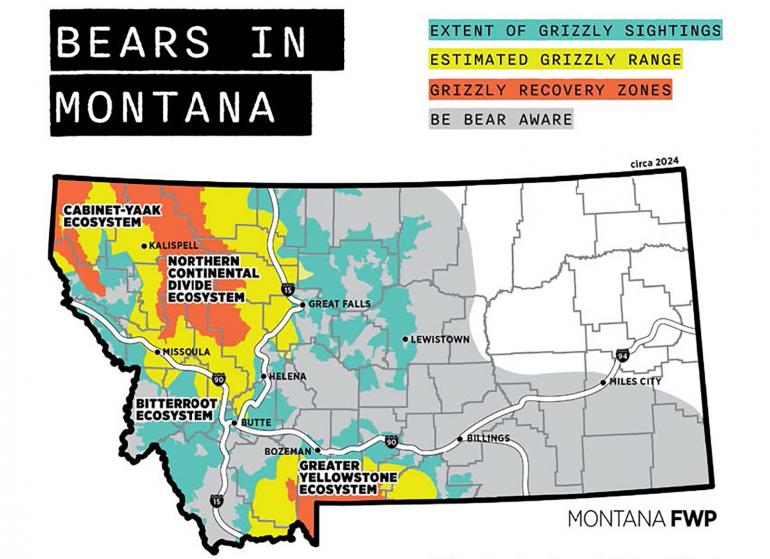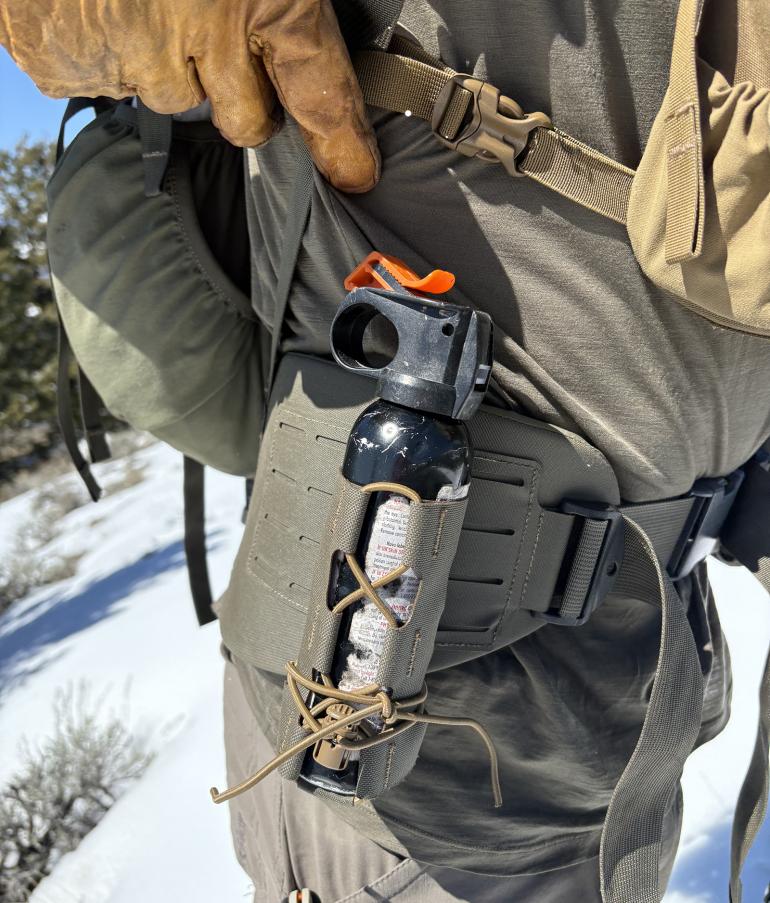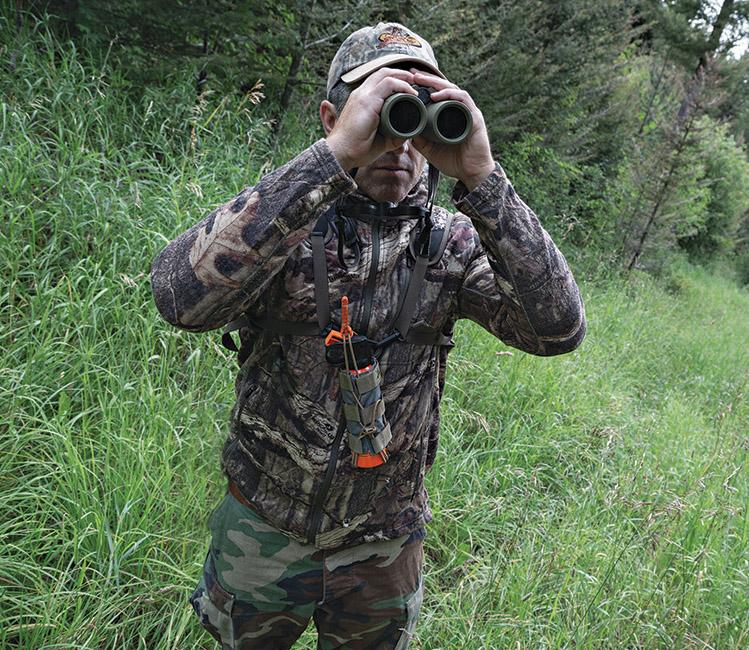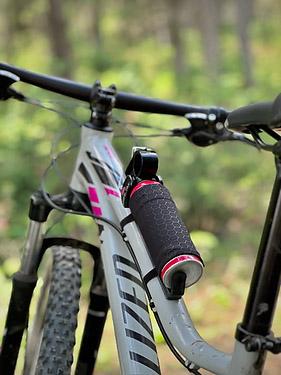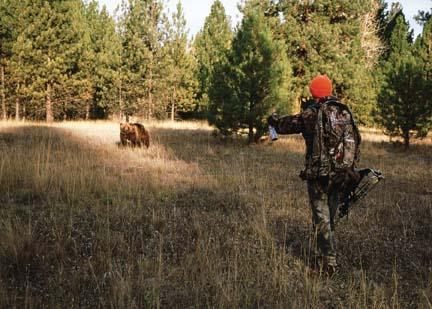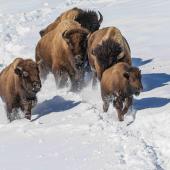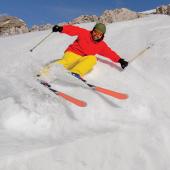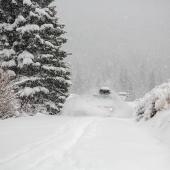Bear With Me Now
How to keep yourself safe in bear country.
In Montana, we share our state with all manner of North American megafauna, including the biggest, baddest of them all: bears. While encounters are rare, and dangerous conflicts even rarer, it's important to take the proper precautions—for your safety, and for that of the bruins. Here's how keep our wild places free of human-bear friction.
Who’s Who?
Out in the field, it can be difficult to tell grizzlies and black bears apart. While the latter are generally smaller than the former, black bears' hides can also be dark brown, and sometimes even as light as cinnamon. Though their smaller stature is often helpful for identifying Ursus americanus on the fly, black bears can reach large proportions, especially in the months leading up to hibernation as they gorge for the long winter ahead. So, instead of relying simply on size or fur color, look for these differentiating characteristics:
The face of a black bear has a more straight profile than that of a grizzly. Their ears are taller and more pointed as well. When walking, a black bear's rump will be higher than its shoulders.
Conversely, a grizzly's face has a more dished profile, with shorter and rounder ears. One surefire means of identifying a griz is the trademark hump above the shoulders, which extends higher than the rump.
Reading the Prints
If you encounter a set of prints while afield and are unsure whether they belong to a grizzly or a black bear, look for these key characteristics:
A black bear’s front prints will generally be smaller than that of a grizzly. You'll notice that the toepads are more spread apart, and their imprint left behind from their claws is closer to the track, as their claws are typically short, about an inch and half long.
In keeping with their size, a grizzly bear’s front tracks are larger. Their toes are closer together and straighter. Additionally, the imprint of the claws are further from the toeprints, as their claws are long, between two and four inches.
The same characteristics can be used to distinguish the hindprints. Look for the arch (or lack thereof) of the toepads, as well as the distance between claw marks.
Grizzly Bear Range
Fifty years ago, few grizzly bears lived outside of the recovery zones, but conservation measures have allowed the populations to grow and expand. It is advisable to be prepared to encounter bears throughout western Montana, especially in mountainous areas and along wooded rivers and streams.
Bear-Spray Dos & Don'ts
Despite being relatively simple, bear spray is not always the most intuitive tool. As such, it’s important to know how to use it properly and responsibly—because a split-second can be the difference between life and death in a bear encounter. Just like any piece of gear you’d use in the backcountry—beacon, shovel, GPS, etc.—be sure to familiarize yourself with retrieving and deploying bear spray in a timely manner, should the need ever arise. If you’re new to bear country, here are five tips for using bear spray:
- Carry the spray somewhere easy to access at a moment's notice. It won’t do any good tucked away at the bottom of your backpack. Always carry it in a holster on your belt, or attached to the waistband or shoulder strap of your pack.
- Practice removing the spray from the holster, and visualize a potential bear encounter. Find an old can and a mean-looking fencepost and unleash the fury. If you don’t have an expired can, familiarize yourself with the safety mechanism and practice getting the can to hand as fast as possible. If you’re going out with a group, be sure to have a game plan for how the group will react in the chance of an encounter. Remember, an ounce of prevention is worth a pound of cure.
- Bear spray works best at 25-30 feet. Beyond that range, it’s efficacy for stopping a bear is lessened. That doesn’t mean you should wait until the bear is right next to you until you deploy the can—especially if the bear is charging you. In those situations, it’s time to spray and pray.
- Spray until the bear changes its behavior. Don’t be conservative with your ammunition. Hold down the trigger and give it the what-for.
- Spray a little bit downward, below the bear's face or toward its feet. The spray will rise a bit, keeping you from over-shooting the bear.
Other considerations:
- Bear spray works on many different kinds of animals, such as moose and mountain lions. It’s concentrated capsaicin, and absolutely no living thing wants that in its eyes, nose, or ears.
- Never leave bear spray in a hot car. Cans explode when they reach temperatures over 120 degrees Fahrenheit, effectively hot-boxing your rig with the most noxious and debilitating concoction of spicy air imaginable. Instead, store it in a safety case or your cooler. If neither are available, at the very least keep it inside a backpack and certainly never resting on the dash or floorboard.
More of a visual learner? Check out FWP's video detailing these helpful tips & tricks here.
For more information on how you can stay safe in bear country, head to fwp.mt.gov and learn from the pros.
Remember that not every bear sighting is worthy of being reported, but if you happen to encounter a bear whose behavior exhibits aggression towards people, livestock, pets, or property, let your local FWP bear specialist know. Find out who to speak to here.

